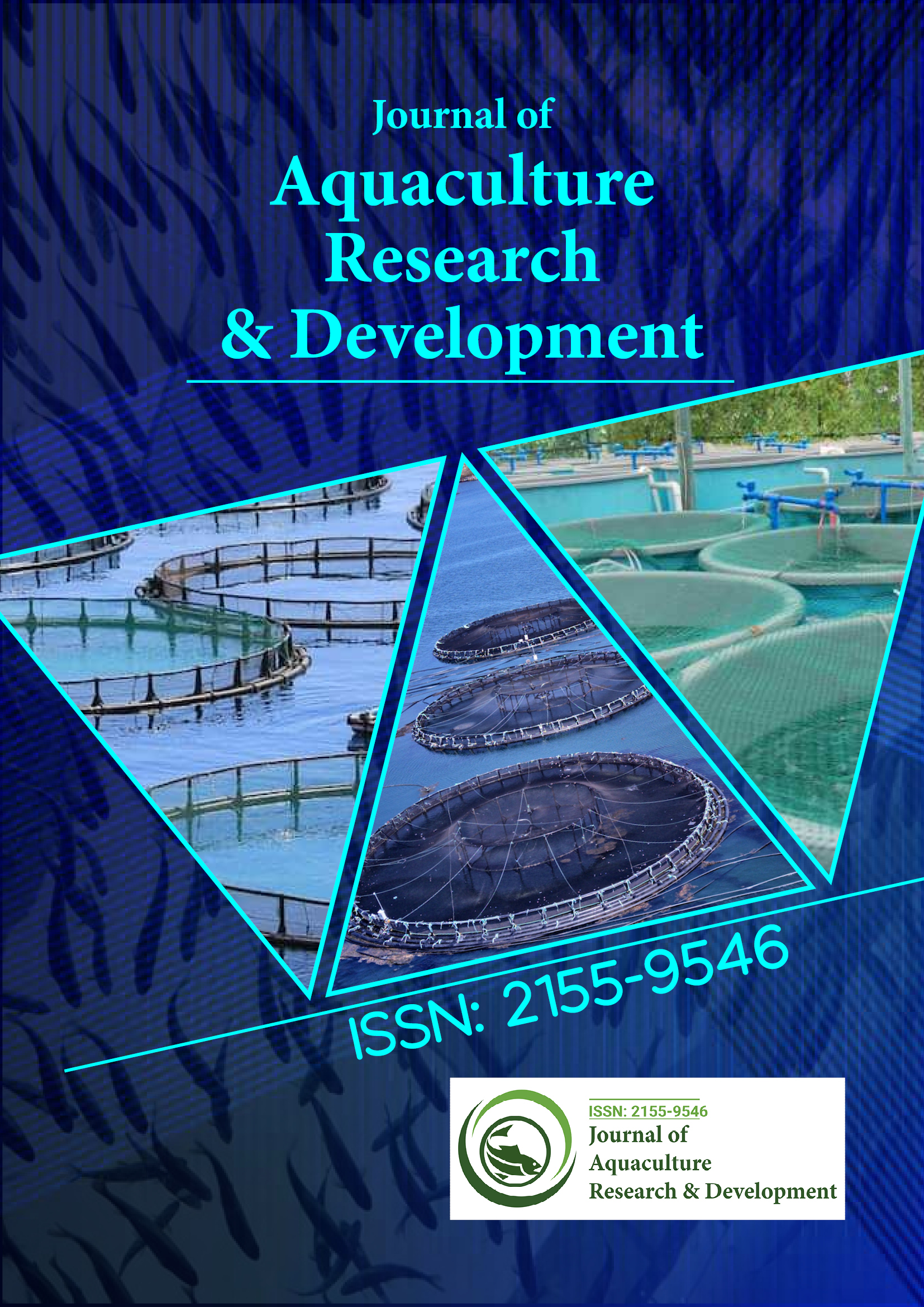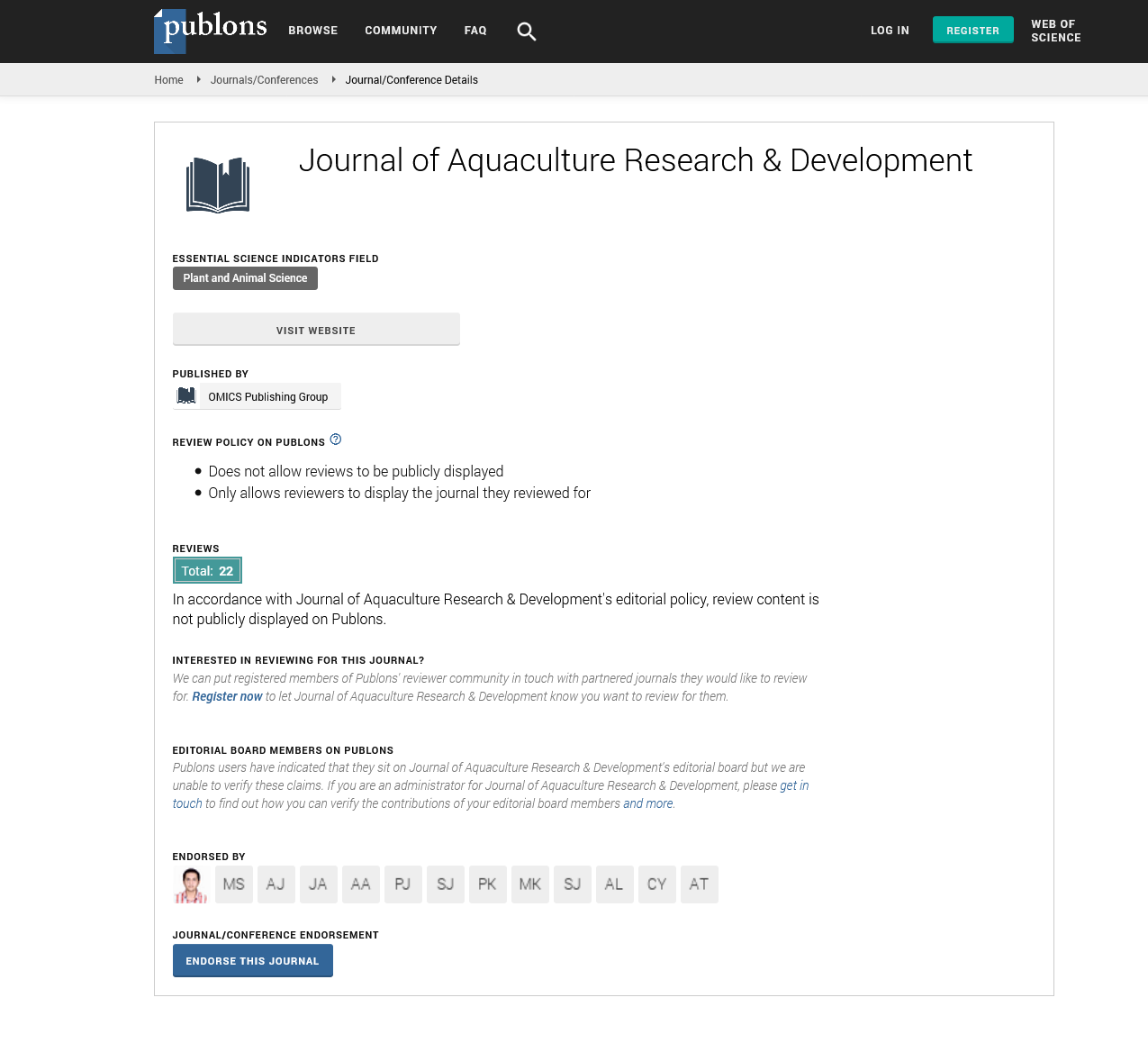PMC/PubMed Indexed Articles
Indexed In
- Online Access to Research in the Environment (OARE)
- Open J Gate
- Genamics JournalSeek
- JournalTOCs
- Scimago
- Ulrich's Periodicals Directory
- Access to Global Online Research in Agriculture (AGORA)
- Electronic Journals Library
- Centre for Agriculture and Biosciences International (CABI)
- RefSeek
- Directory of Research Journal Indexing (DRJI)
- Hamdard University
- EBSCO A-Z
- OCLC- WorldCat
- Scholarsteer
- SWB online catalog
- Virtual Library of Biology (vifabio)
- Publons
- MIAR
- University Grants Commission
- Euro Pub
- Google Scholar
Useful Links
Share This Page
Journal Flyer

Open Access Journals
- Agri and Aquaculture
- Biochemistry
- Bioinformatics & Systems Biology
- Business & Management
- Chemistry
- Clinical Sciences
- Engineering
- Food & Nutrition
- General Science
- Genetics & Molecular Biology
- Immunology & Microbiology
- Medical Sciences
- Neuroscience & Psychology
- Nursing & Health Care
- Pharmaceutical Sciences
Short Communication - (2024) Volume 15, Issue 11
Strategies for Balancing Aquaculture Productivity with Methane Moderation
Krupnik Johnson*Received: 28-Oct-2024, Manuscript No. JARD-24-27681; Editor assigned: 30-Oct-2024, Pre QC No. JARD-24-27681 (PQ); Reviewed: 13-Nov-2024, QC No. JARD-24-27681; Revised: 20-Nov-2024, Manuscript No. JARD-24-27681 (R); Published: 27-Nov-2024, DOI: 10.35248/2155-9546.24.15.929
Description
Aquaculture has emerged as one of the fastest-growing food production sectors globally, providing sustenance and economic support for millions of people. However, it also contributes to greenhouse gas emissions, with methane being a significant component. Methane emissions from aquaculture pond sediments have garnered increasing attention due to their environmental implications. Understanding these emissions, including their sources and contributing factors, is essential to improve management strategies.
Methane (CH4) is produced in sediments under anaerobic conditions through a process known as methanogenesis. This process is mediated by methanogenic archaea, microorganisms that utilize organic matter and other substrates such as carbon dioxide, hydrogen, and acetate to produce methane. In aquaculture ponds, the organic-rich environment serves as an ideal setting for these microbes. Fish feed, fecal matter, and dead algae accumulate in pond sediments, increasing organic load. The decomposition of these materials under low oxygen conditions supports methanogenesis. Anaerobic conditions are necessary for methanogenesis. These conditions develop as the sediment becomes more oxygen-deprived with depth. Different methanogenic pathways dominate depending on the substrate availability. Acetoclastic methanogenesis, where acetate is used, is common in organic-rich environments, while hydrogenotrophic methanogenesis, utilizing hydrogen and carbon dioxide, occurs in more hydrogen-abundant settings [1-4].
Excessive feeding and the accumulation of organic matter in sediments serve as the primary contributors to methane emissions. The carbon inputs from fish feed, particularly uneaten feed and excreted waste, enhance the microbial activity that produces methane. High nutrient levels, particularly nitrogen and phosphorus, promote algal growth. As algae die and settle into the sediment, they decompose and provide additional organic material for methanogenesis. The physical and chemical properties of sediment, including particle size, organic carbon content, and porosity, influence methane production [5-7].
Fine-grained sediments tend to retain more organic matter and create conditions favorable for anaerobic activity. Methanogenesis rates are sensitive to temperature, with higher rates observed in warmer conditions. Aquaculture ponds in tropical and subtropical regions often experience elevated methane emissions compared to those in temperate zones. Practices such as aeration and water exchange can significantly affect methane emissions. Aeration increases oxygen penetration into sediments, potentially suppressing methanogenesis by promoting aerobic decomposition processes. The movement and activities of aquatic organisms, such as fish or benthic invertebrates, can influence sediment structure and oxygen diffusion, indirectly impacting methane production. Methane diffuses slowly from the sediment into the water column and subsequently into the atmosphere. In areas where methane concentration becomes sufficiently high, it forms bubbles that rise to the water surface, releasing methane directly into the atmosphere. Some of the methane produced in sediments is oxidized to carbon dioxide by methanotrophic bacteria as it passes through oxygenated layers. Methane is a potent greenhouse gas with a global warming potential significantly higher than carbon dioxide over a 100-year timescale. Methane emissions from aquaculture ponds contribute to the overall carbon footprint of aquaculture operations. Accumulated organic matter and methane production can deteriorate water quality, affecting the health of aquatic organisms. Methane emissions add to atmospheric greenhouse gas concentrations, exacerbating climate change. Using high-quality feed with better digestibility can reduce organic waste. Avoiding overfeeding minimizes the accumulation of uneaten feed in sediments. Regular removal of organic waste from ponds, such as sludge removal, can lower the organic content in sediments. Settling ponds or biofilters can capture organic matter before it settles into the main pond. Aeration increases oxygen levels in water and sediments, which can suppress anaerobic conditions and reduce methane production. However, aeration should be carefully managed to balance energy costs and benefits [8-10].
Conclusion
Methane emissions from aquaculture pond sediments are a significant environmental concern that requires urgent attention. By understanding the biological and environmental processes driving methane production and implementing effective mitigation strategies, the aquaculture industry can reduce its impact on greenhouse gas emissions. Collaborative efforts between researchers, industry stakeholders, and policymakers are essential to foster sustainable aquaculture practices that balance productivity with environmental stewardship.
References
- Divu DN, Mojjada SK, Pokkathappada AA, Anil MK, Gopidas AP, Sundaram SL, et al. Exploring the thermal adaptability of silver pompano Trachinotus blochii: An initiative to assist climate change adaptation and mitigation to augment aquaculture productivity. Ecol Inform. 2024;82:102761.
- Bernal-Higuita F, Acosta-Coll M, Ballester-Merelo F, De-la-Hoz-Franco E. Implementation of information and communication technologies to increase sustainable productivity in freshwater finfish aquaculture-A review. J Clean Prod. 2023;408:137124.
- Kumar G, Engle C, van Senten J, Sun L, Hegde S, Richardson BM. Resource productivity and costs of aquaculture practices: Economic-sustainability perspectives from US catfish farming. Aquaculture. 2023;574:739715.
- See KF, Ibrahim RA, Goh KH. Aquaculture efficiency and productivity: A comprehensive review and bibliometric analysis. Aquaculture. 2021;544:736881.
- Liu H, Pan Z, Bai Y, Xu S, Wu Z, Ma J, et al. Methanogens dominate methanotrophs and act as a methane source in aquaculture pond sediments. Ecotoxicol Environ Saf. 2024;288:117317.
[Crossref] [Google Scholar] [PubMed]
- Sakamaki T, Zheng Y, Hatakeyama Y, Fujibayashi M, Nishimura O. Effects of spatial scale on assessments of suspension bivalve aquaculture for productivity and environmental impacts. Aquaculture. 2022;553:738082.
- Mredul MM, Akkas AB, ElSaidy N, Ali ML, Mondal MA, Alam MR. Using of mustard oil cake in safe organic aquaculture through increasing pond primary productivity. Aquac Rep. 2022;23:101073.
- Henriksson PJ, Troell M, Banks LK, Belton B, Beveridge MC, Klinger DH, et al. Interventions for improving the productivity and environmental performance of global aquaculture for future food security. One Earth. 2021;4(9):1220-1232.
- Fischer H, Romano N, Jones J, Howe J, Renukdas N, Sinha AK. Comparing water quality/bacterial composition and productivity of largemouth bass Micropterus salmoides juveniles in a recirculating aquaculture system versus aquaponics as well as plant growth/mineral composition with or without media. Aquaculture. 2021;538:736554.
- Li T, Chen Z, Wu J, Wu H, Yang B, Dai L, et al. The potential productivity of the microalga, Nannochloropsis oceanica SCS-1981, in a solar powered outdoor open pond as an aquaculture feed. Algal Res. 2020;46:101793.
Citation: Johnson K (2024). Strategies for Balancing Aquaculture Productivity with Methane Moderation. J Aquac Res Dev. 15:929.
Copyright: © 2024 Johnson K. This is an open-access article distributed under the terms of the Creative Commons Attribution License, which permits unrestricted use, distribution, and reproduction in any medium, provided the original author and source are credited.

